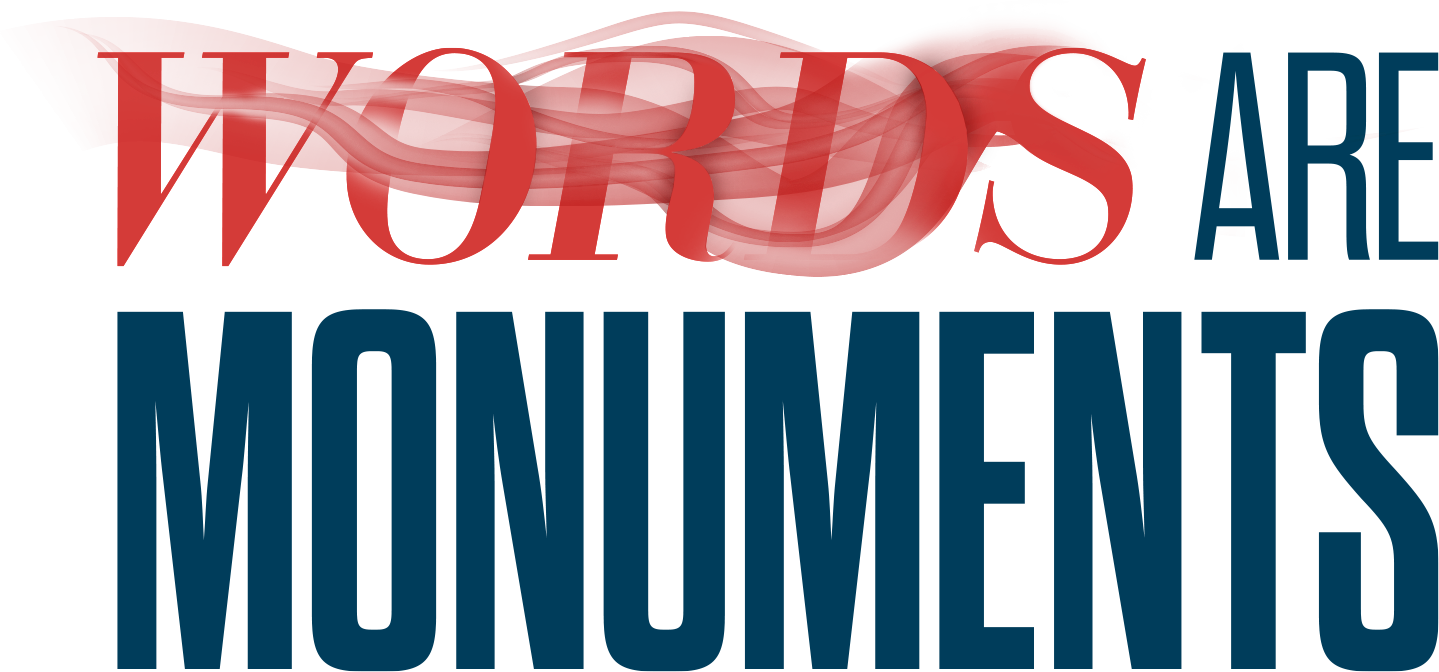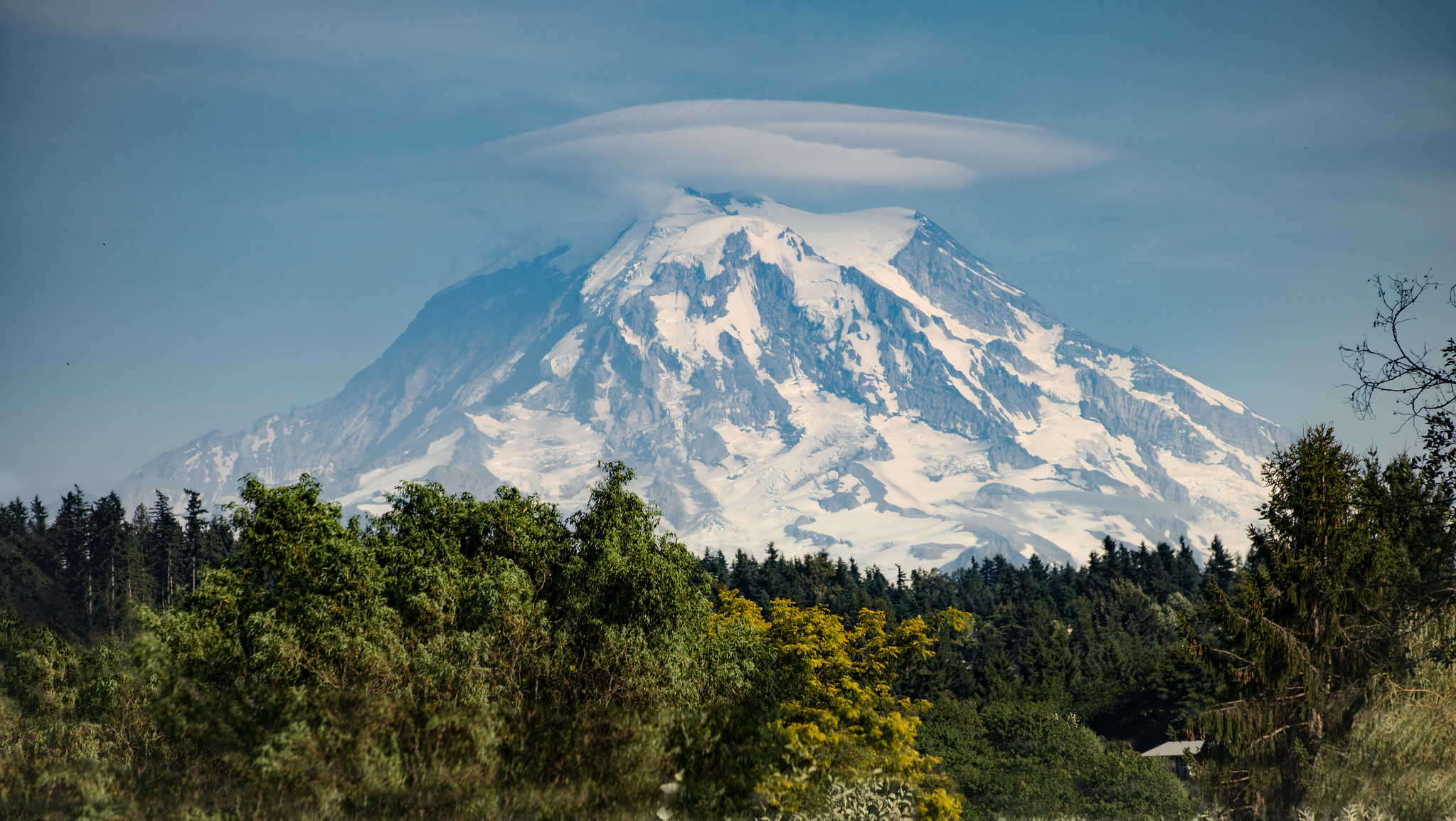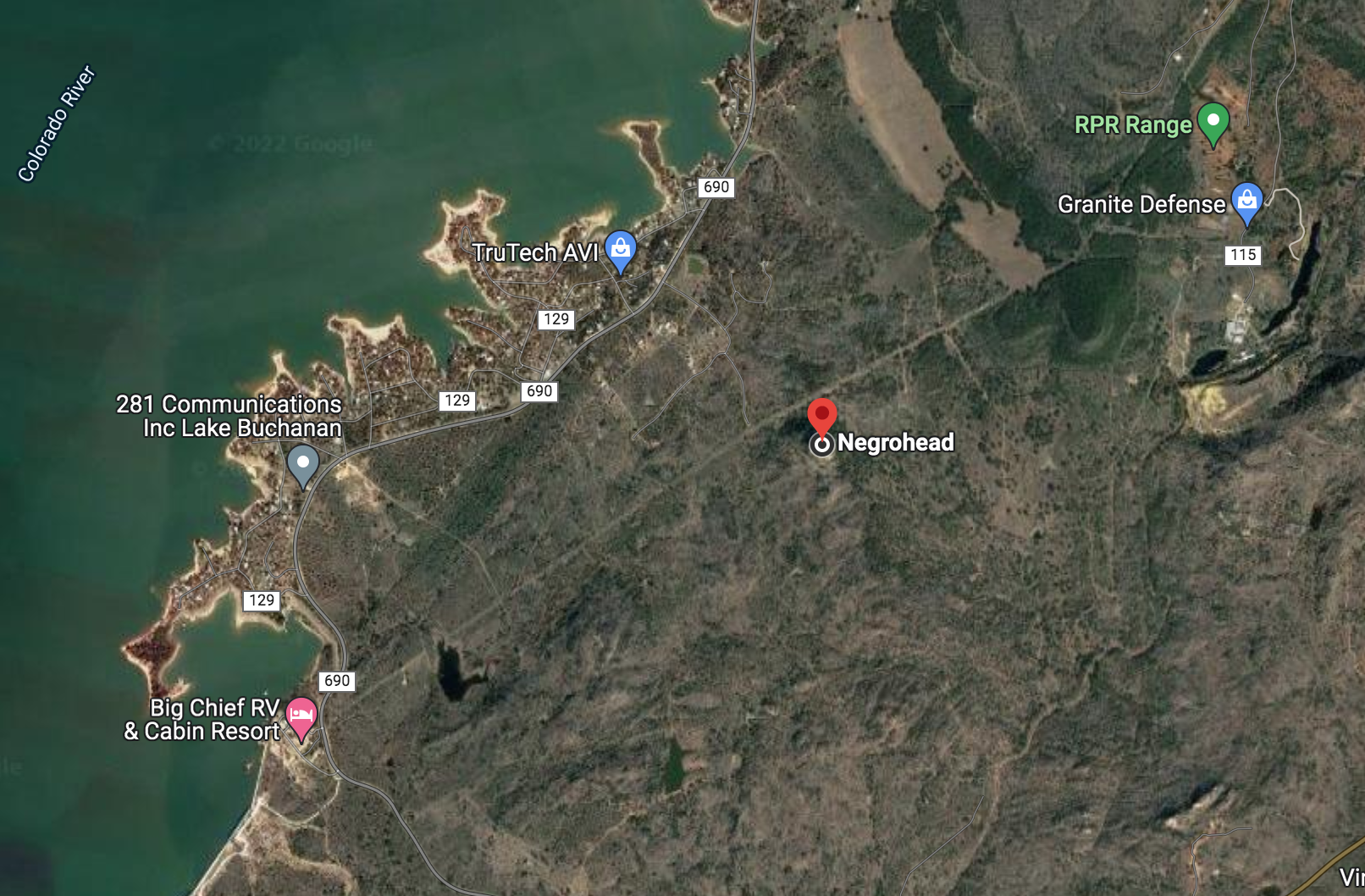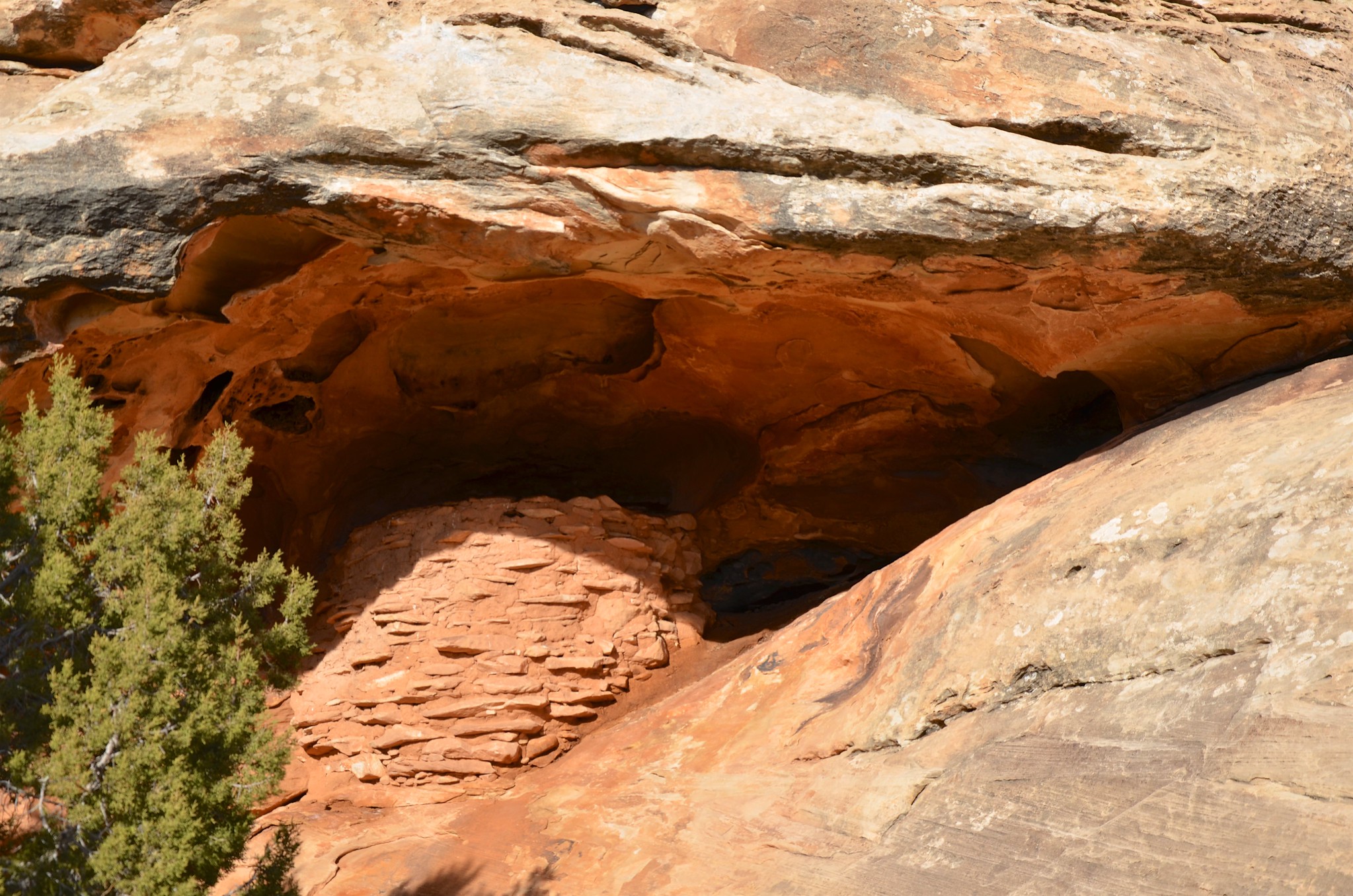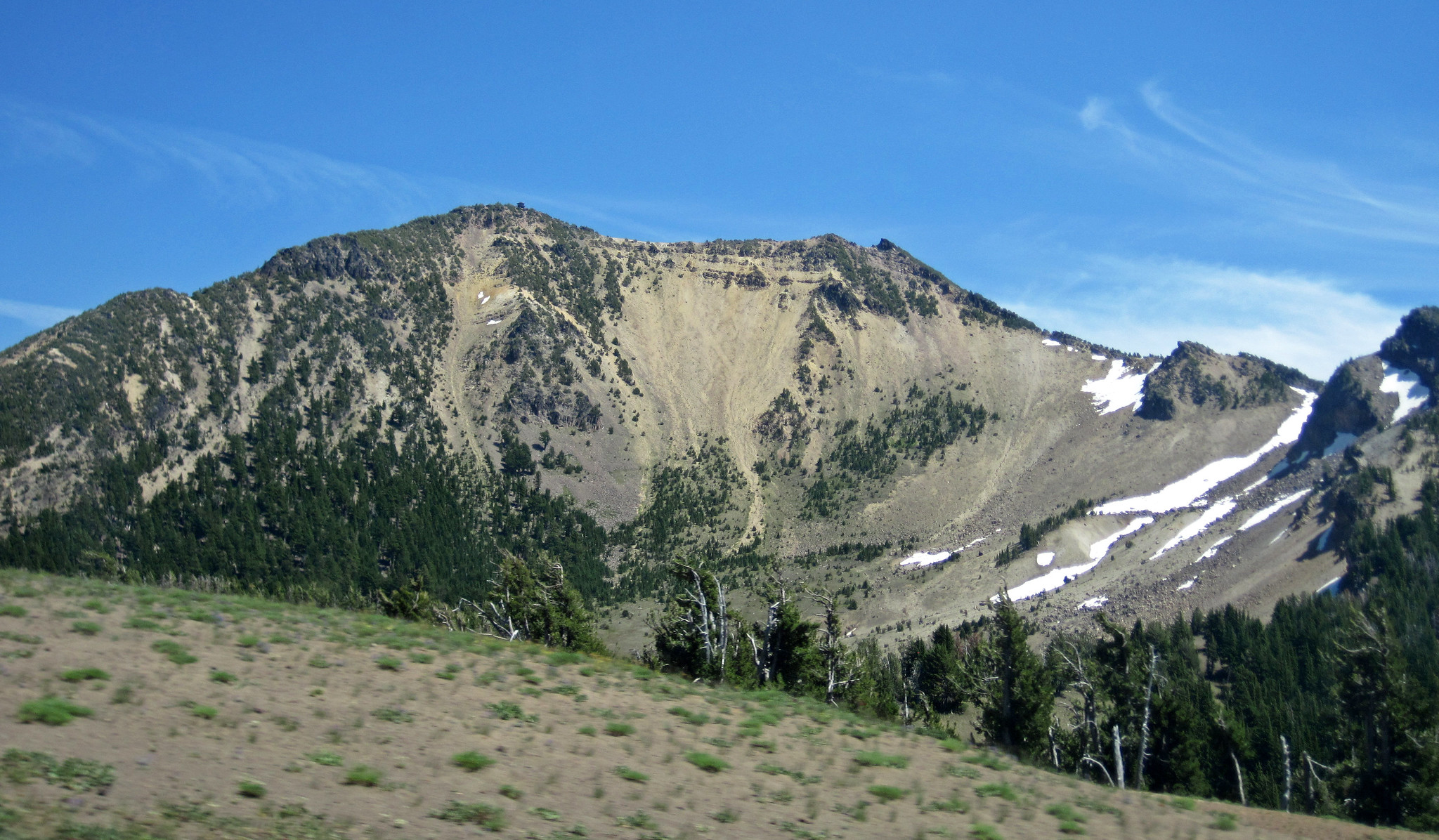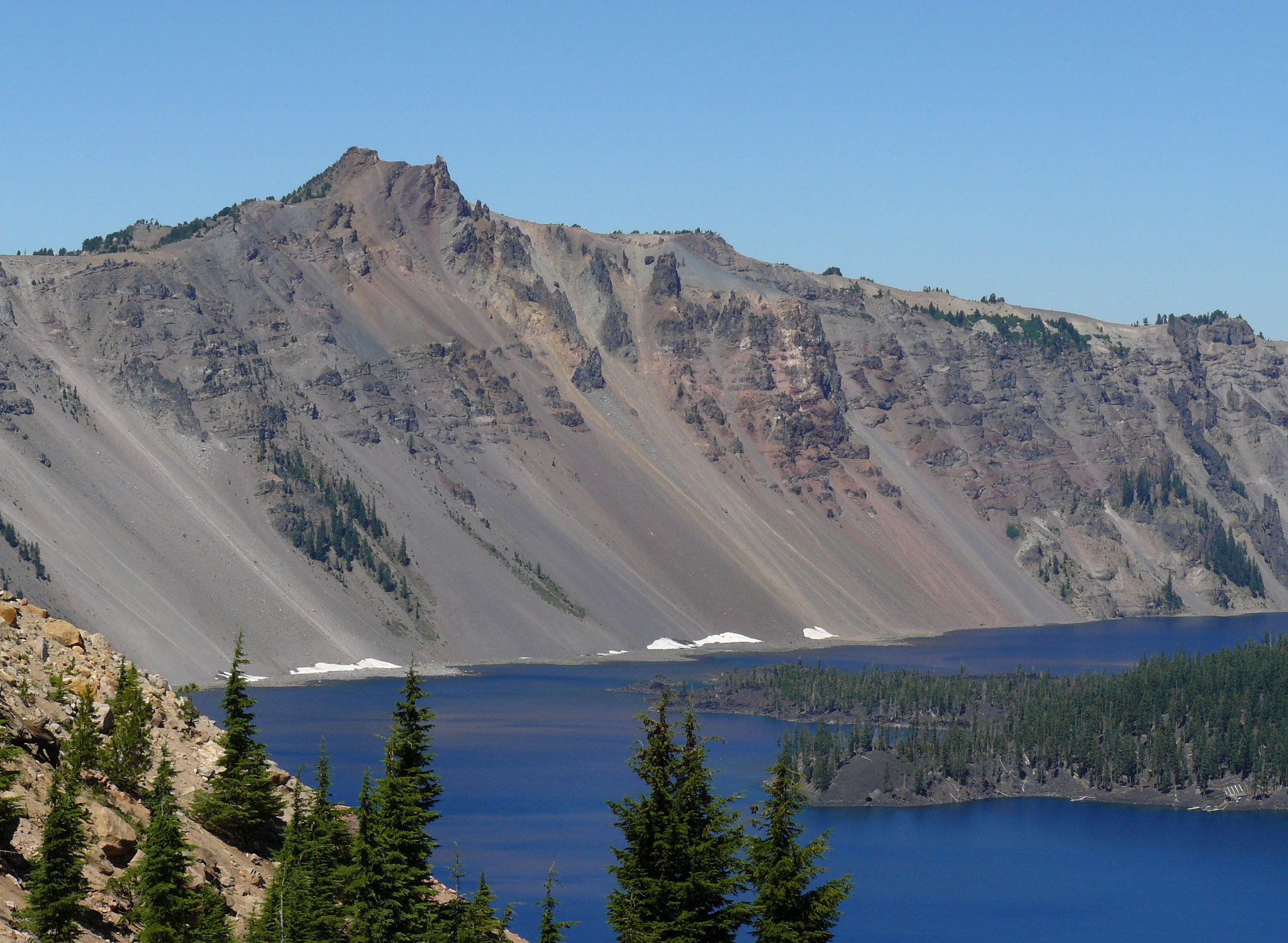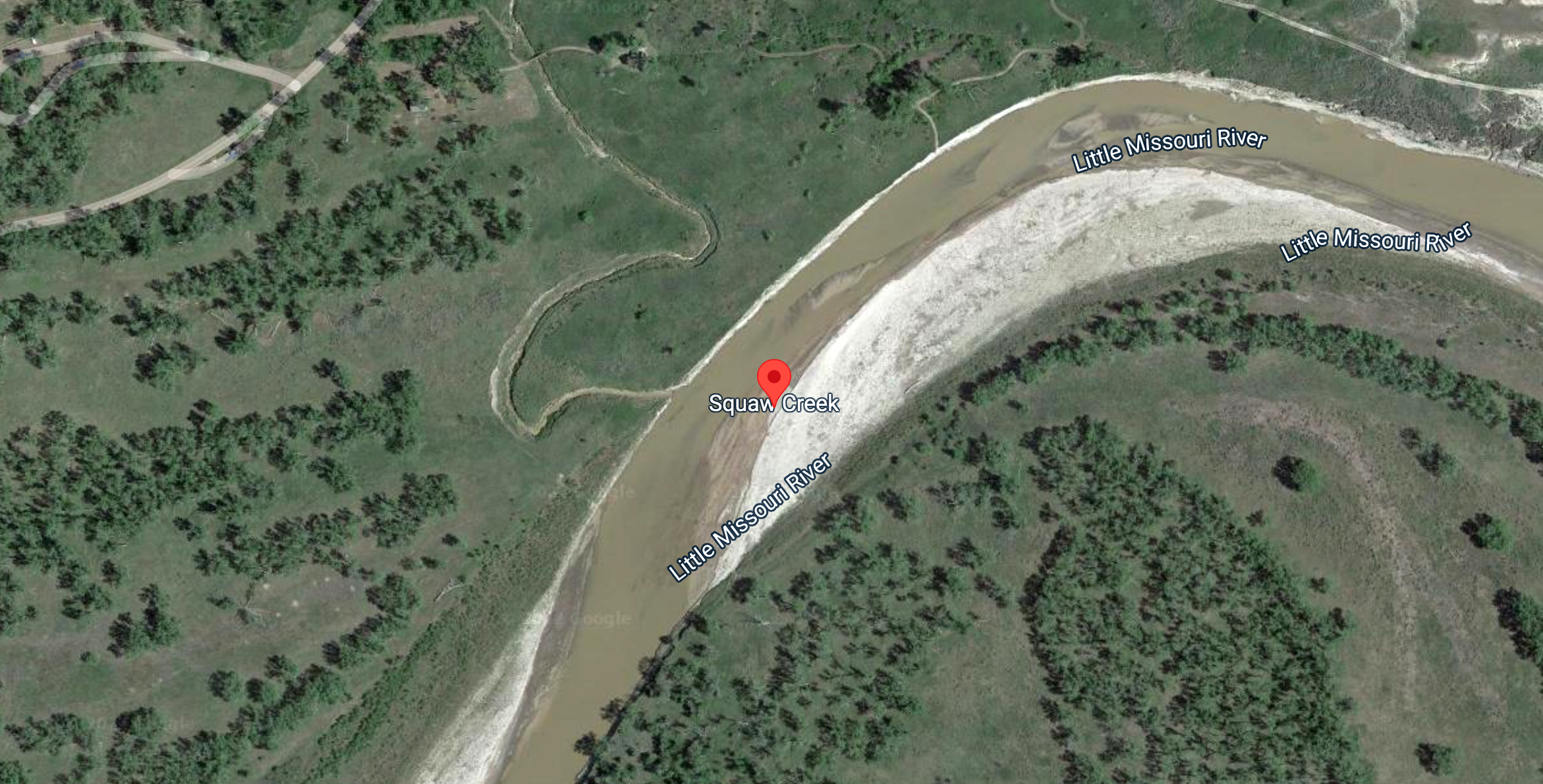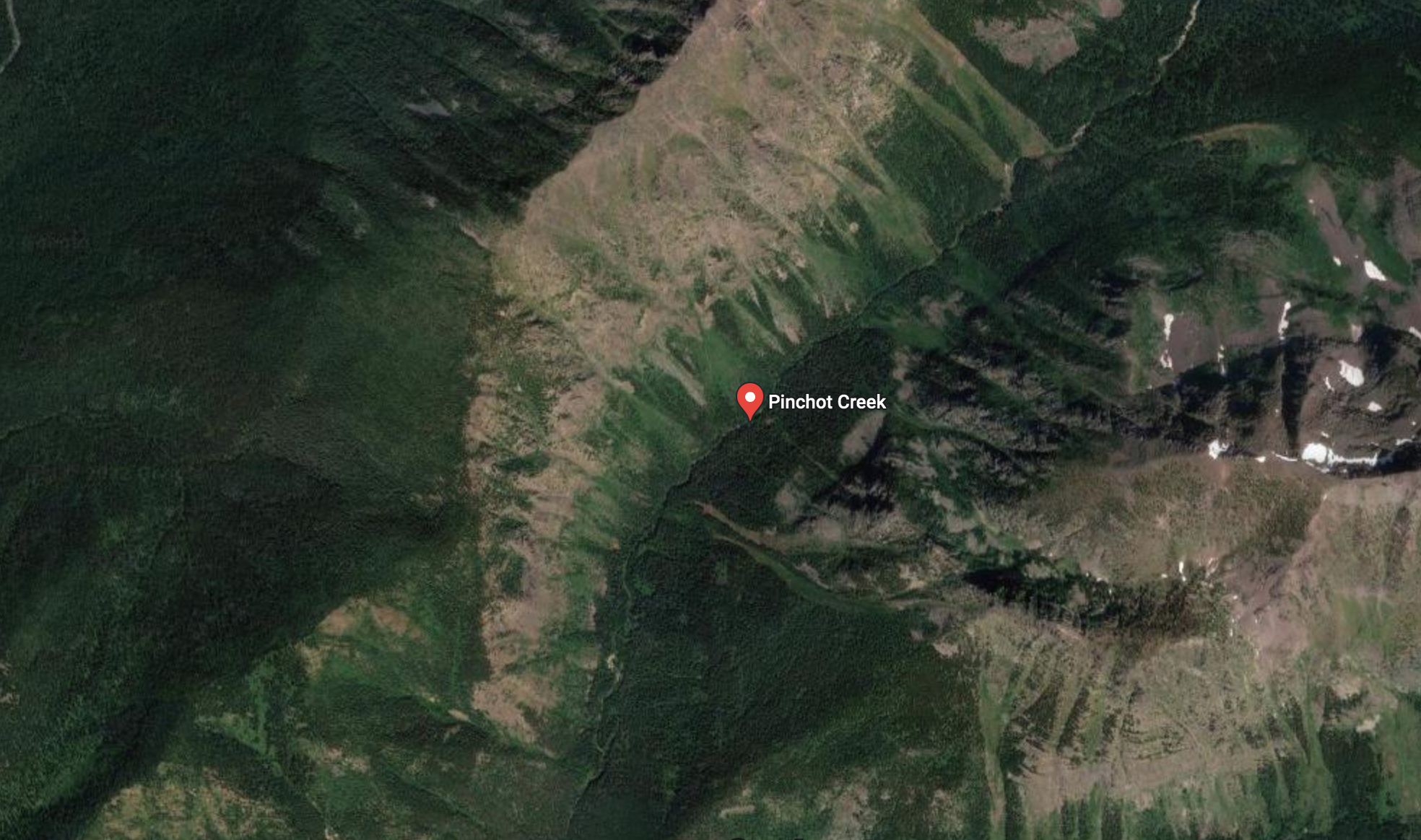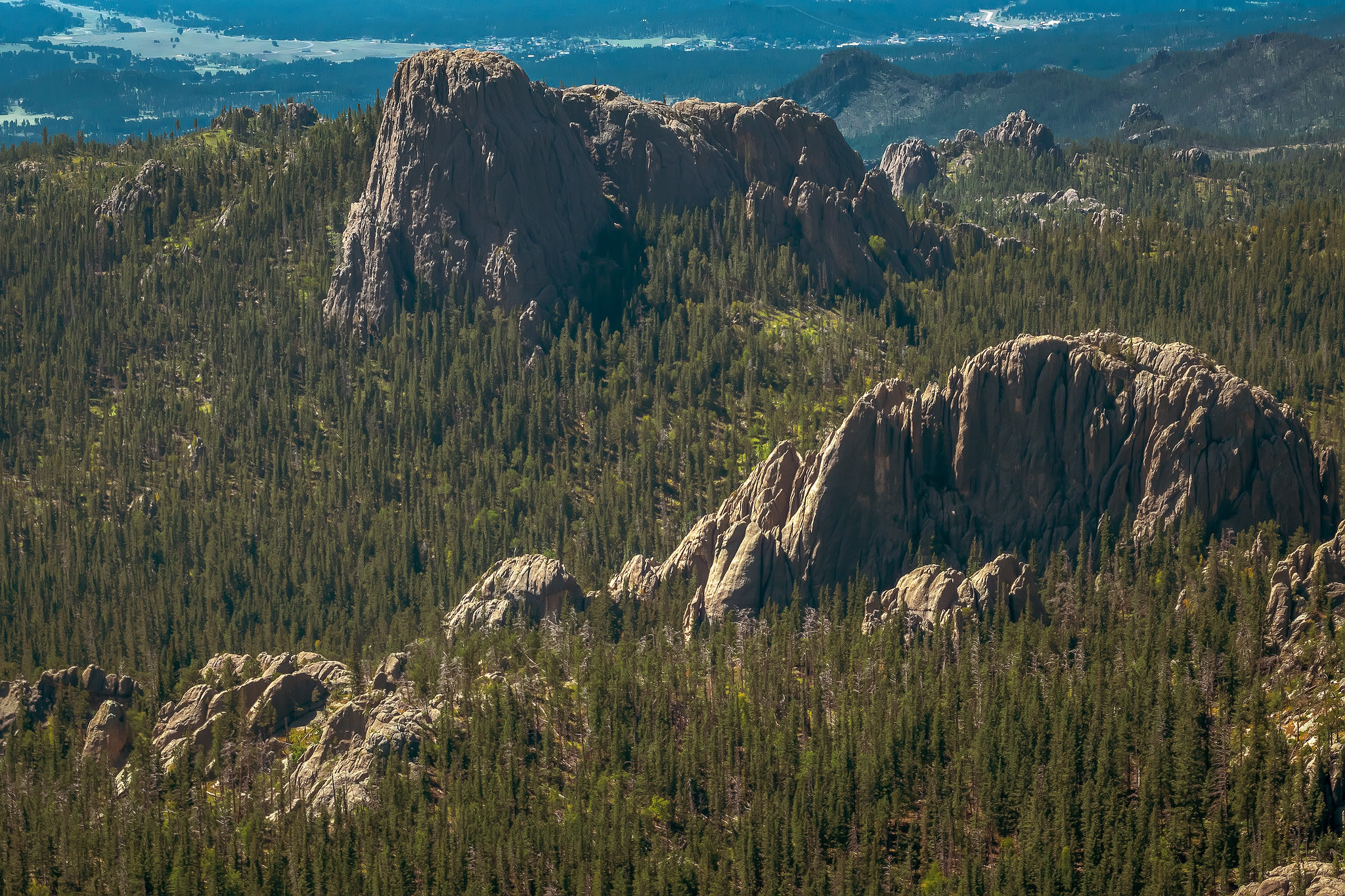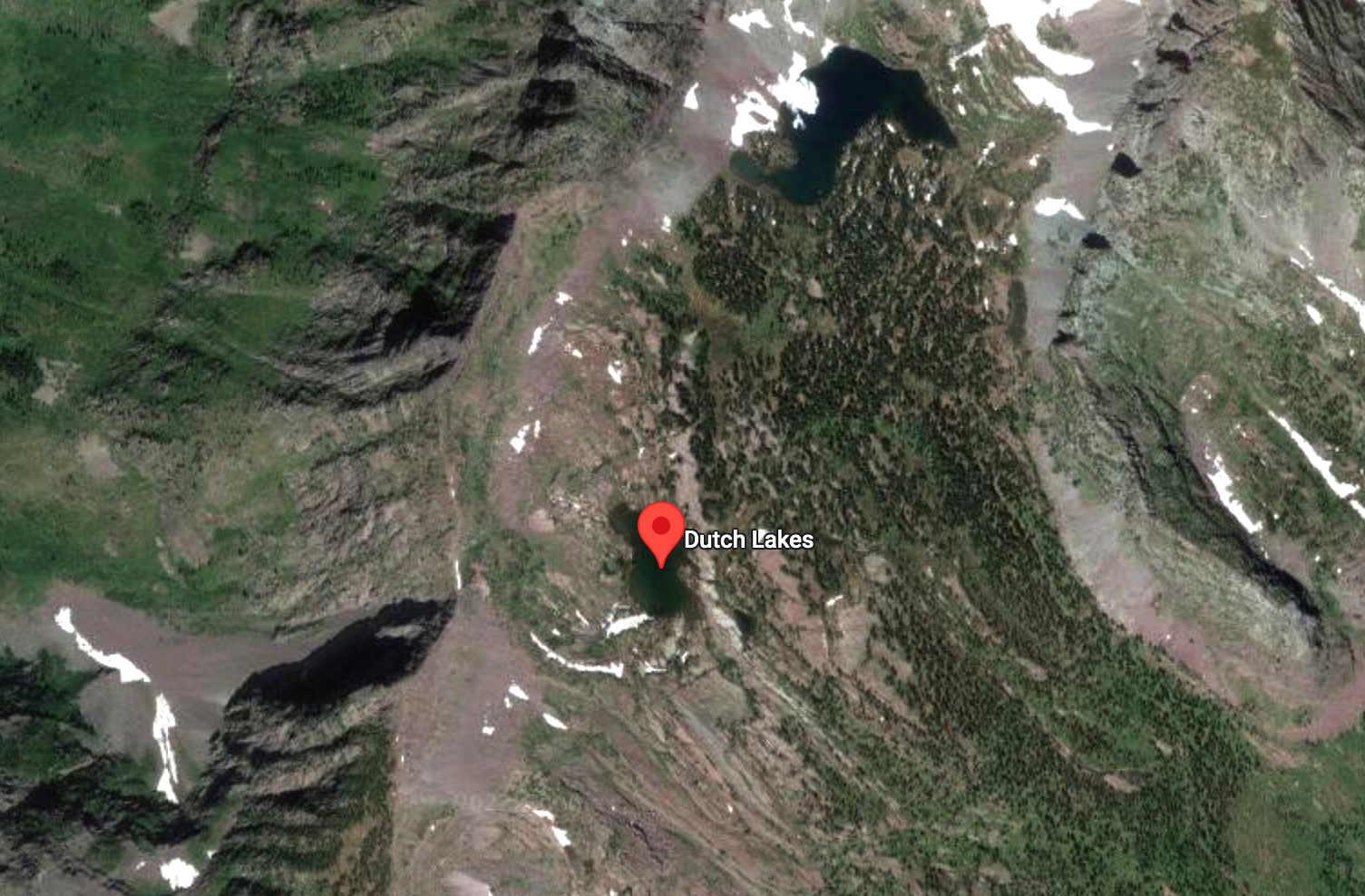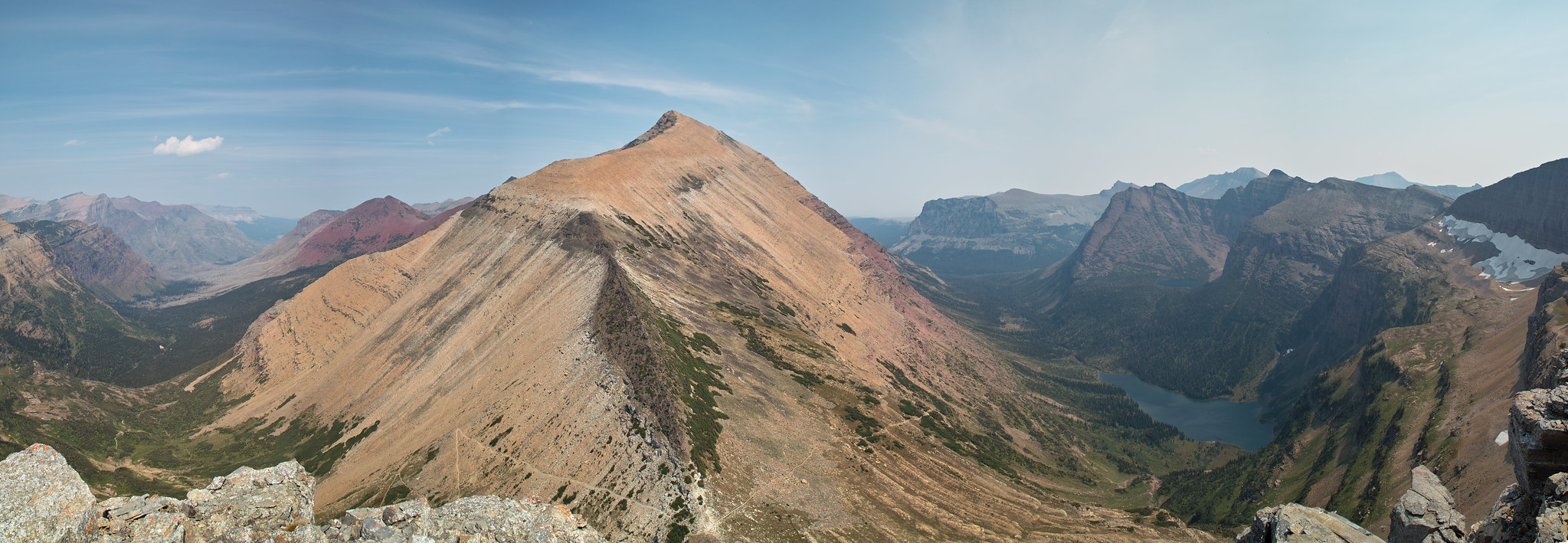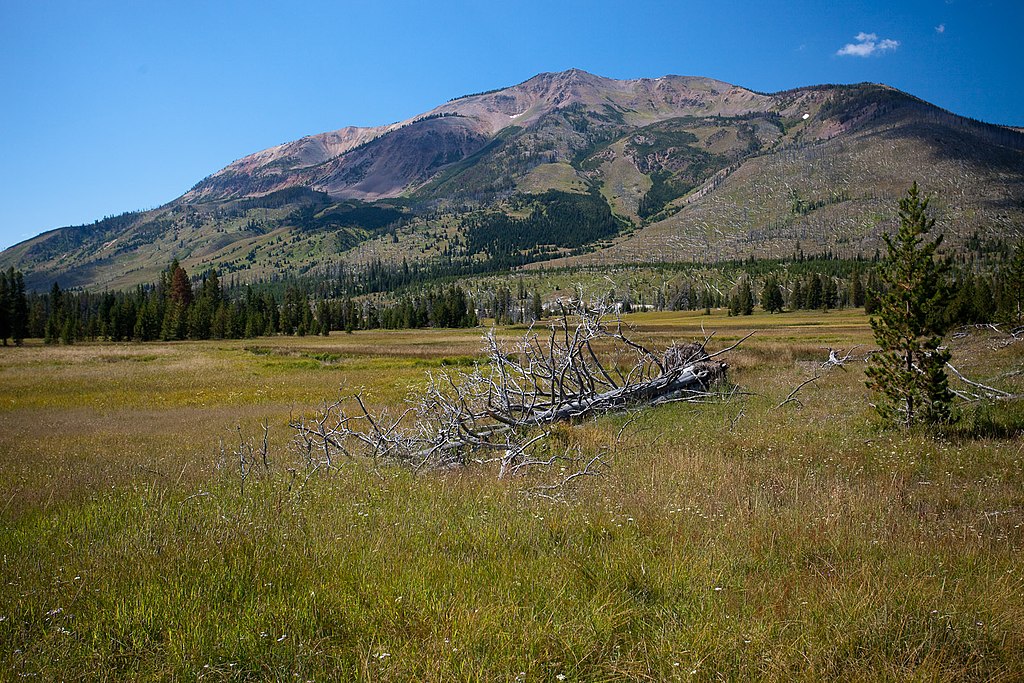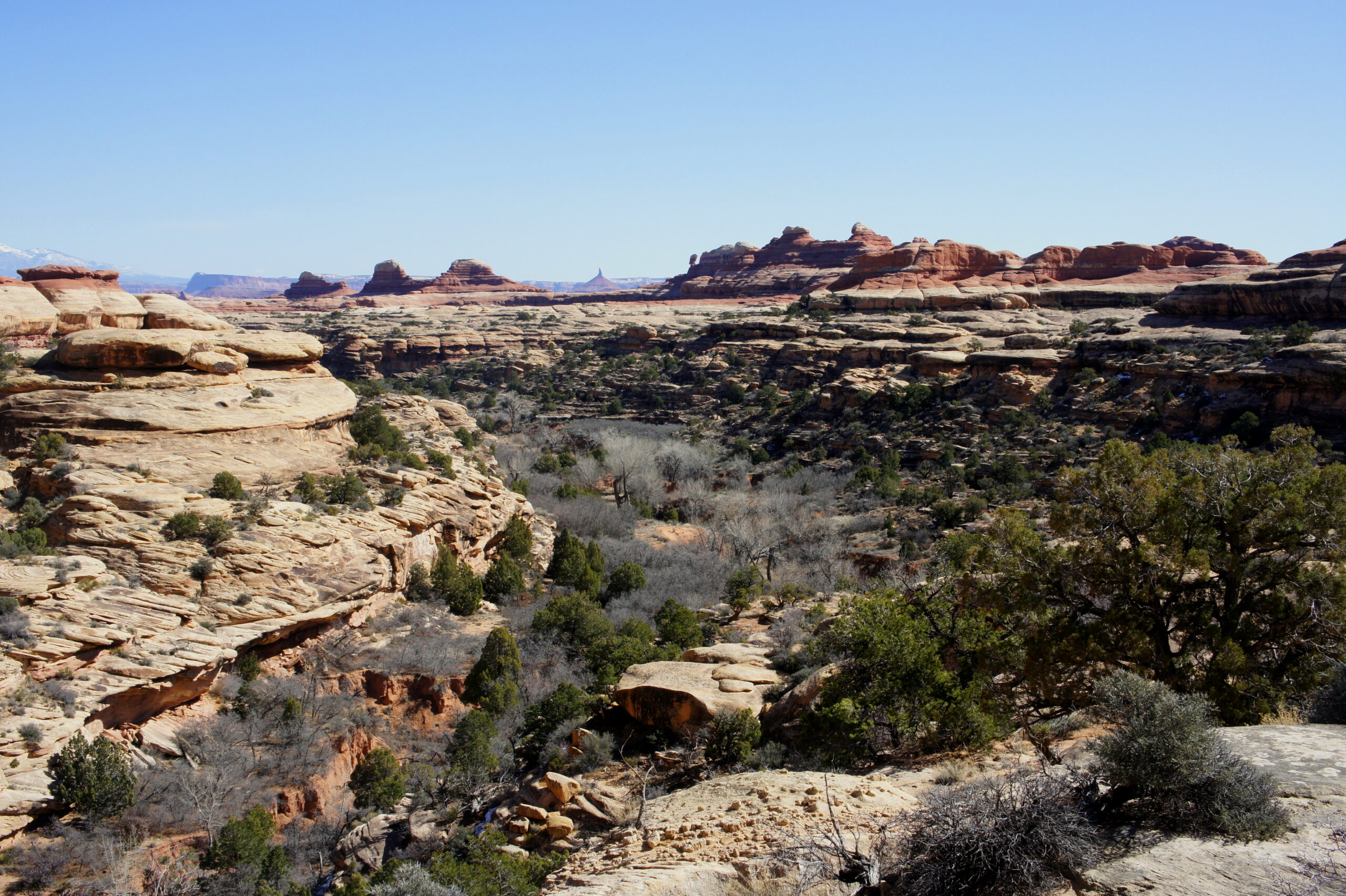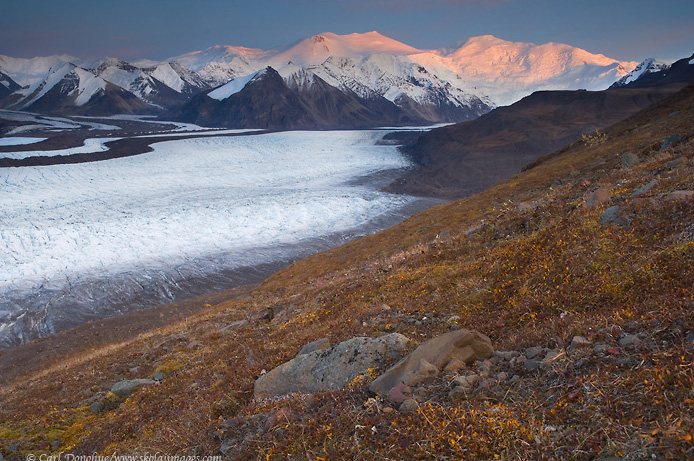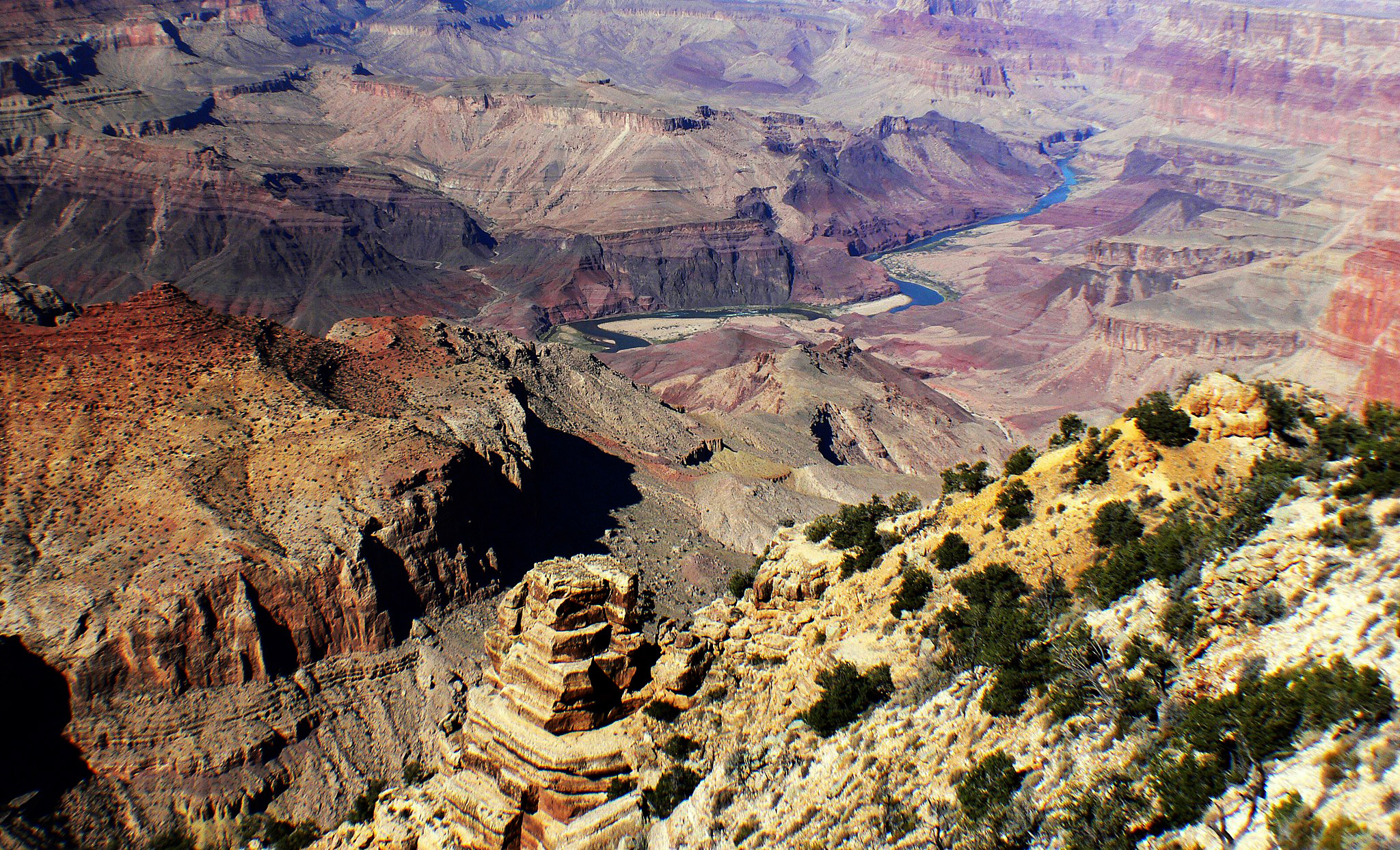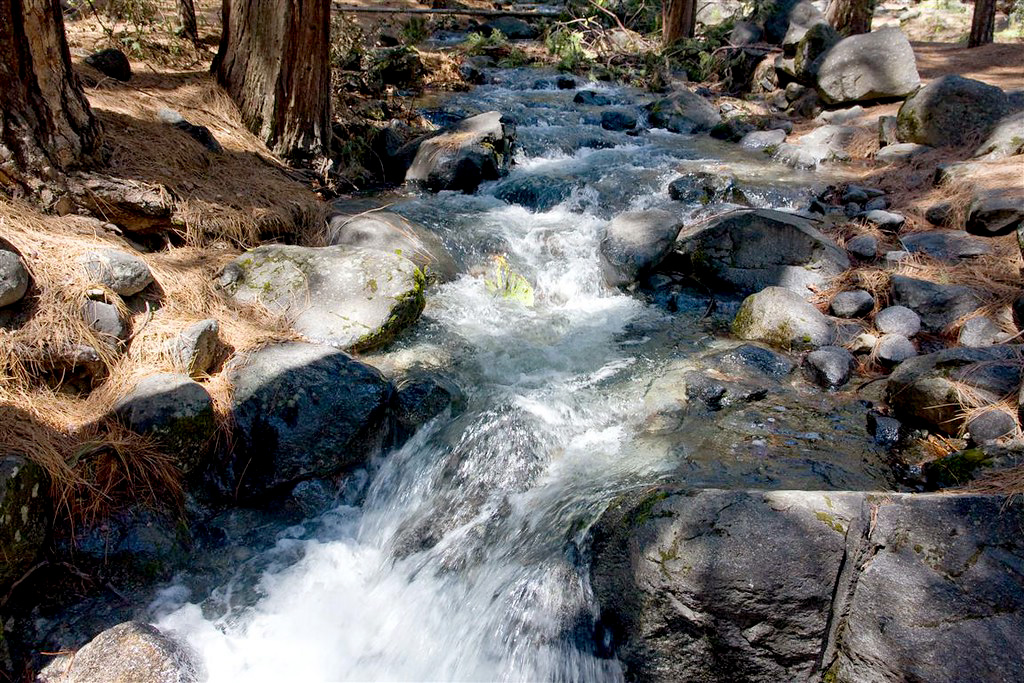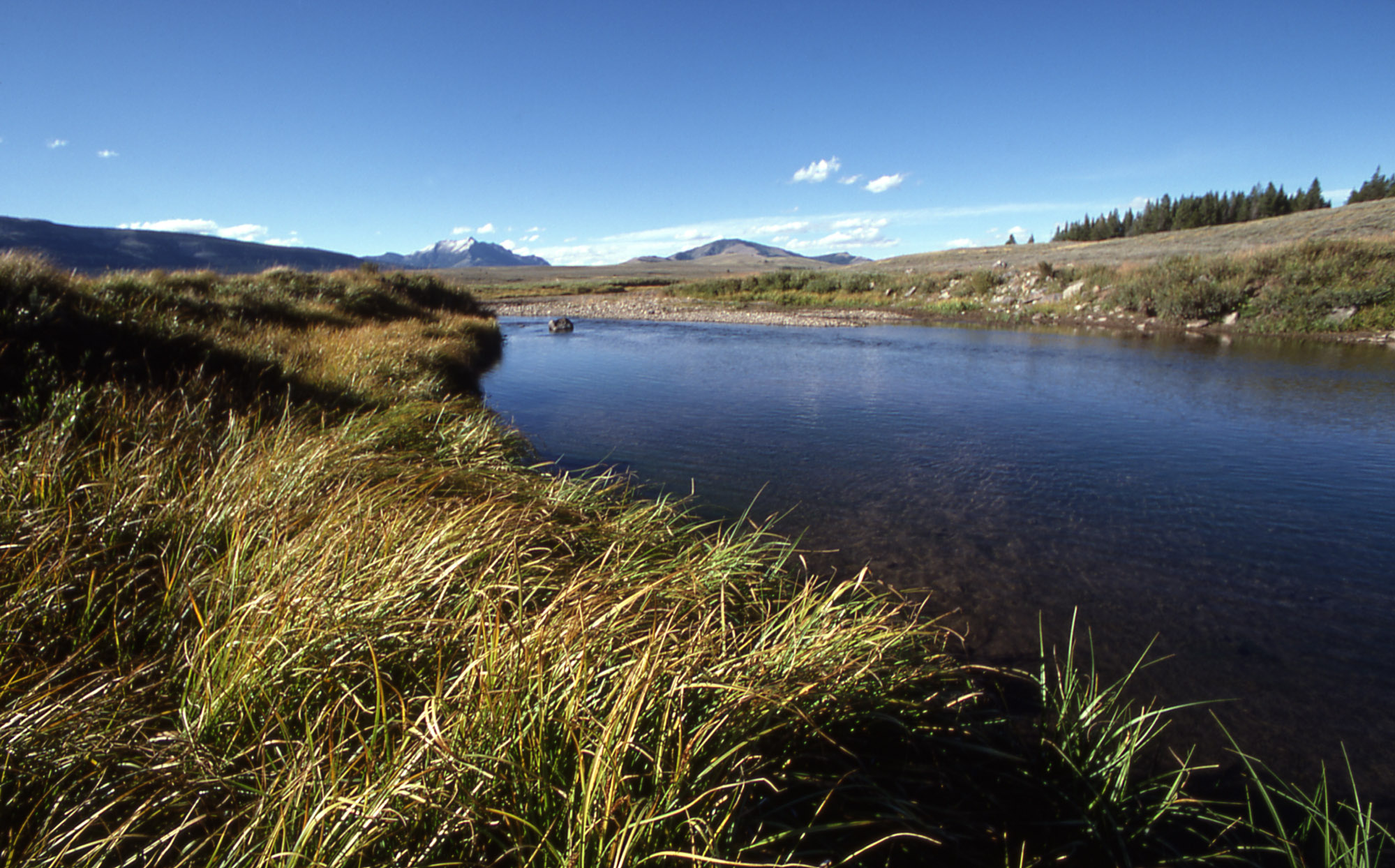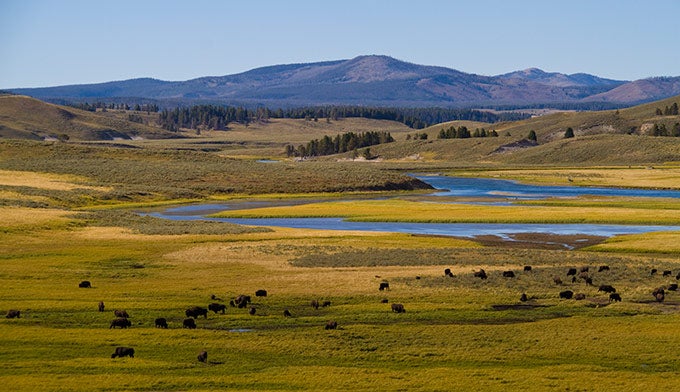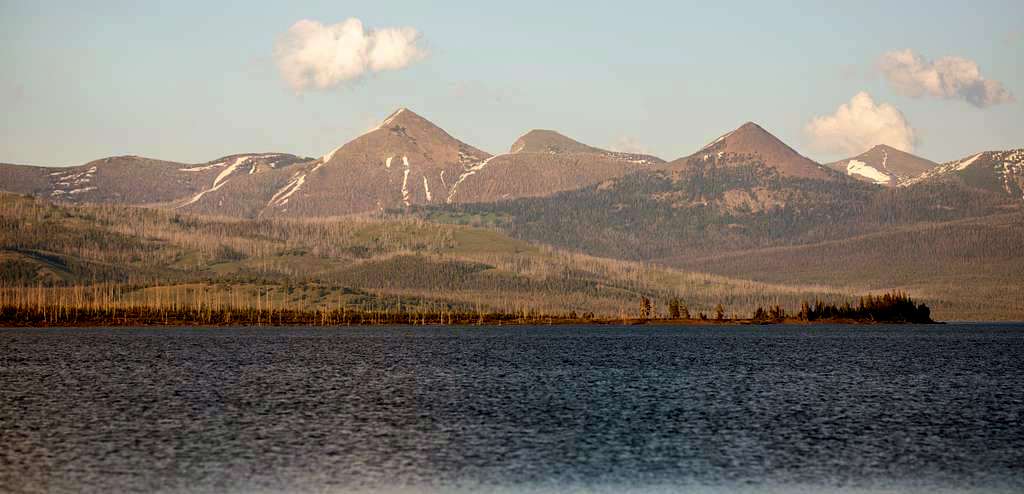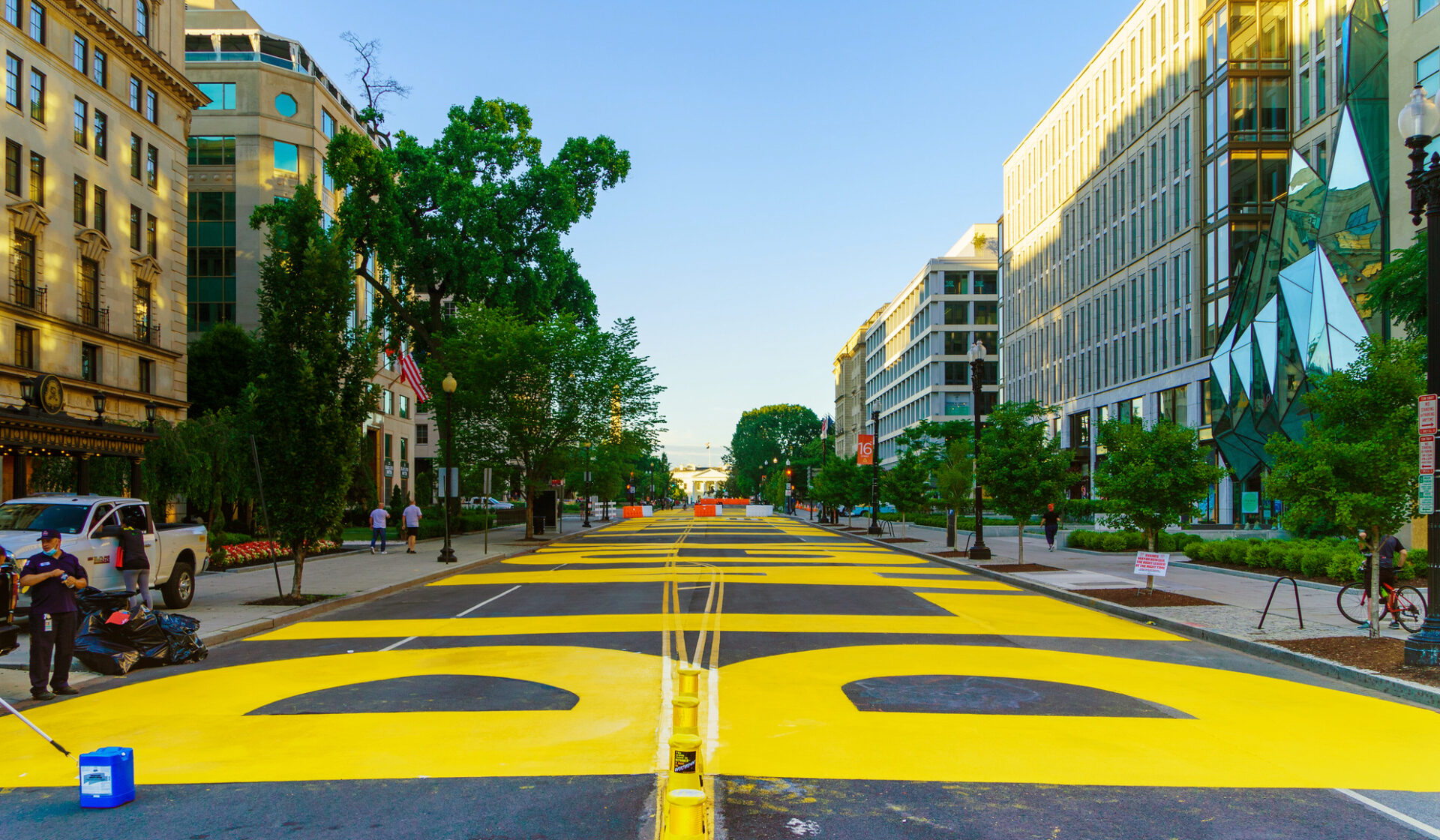A NATIONAL RECKONING WITH AMERICAN HISTORY AND RACIAL INJUSTICE HAS BEEN PLAYING OUT ON THE TERRAIN OF MONUMENTS, MUSEUMS, SCHOOL CURRICULA, AND INCREASINGLY—MAPS.
A national reckoning with US history and racial injustice has been playing out on the terrain of monuments, museums, school curricula, and increasingly—maps. In a new report, “Words Are Monuments,” scientists analyzed 2,200 National Park place-names, asking how place-names perpetuate settler-colonial myths. While the federal government plans to rename 660 place-names with the derogatory term “sq**w,” the new study reveals the system-scale problem of place-names on public lands.
Click on the map to read place-name stories from the report.
Place-names encode a way of seeing, understanding, and relating to the land. They inscribe our social values on official maps for the future generations. Like the movement to topple Confederate and colonial statues, renaming campaigns demonstrate how oppressive word-monuments–as symbols of extraction, erasure, and enclosure–can be replaced and reclaimed as life-affirming sites for cultural resurgence and #landback.
Against this backdrop,
a team of conservation researchers
has released “Words Are Monuments”, a
quantitative study of settler-colonial violence in National Park place-names.
PRECEDENTS + GLOBAL CONTEXT
In the aftermath of Apartheid, South Africa became the site of widespread renaming campaigns, where people worked together to abolish the traces of colonial rule in the official names of streets, neighborhoods and cities. There is a correlation between place-names and the power of the people to produce them, and what they signify in terms of a new order.PRECEDENTS + GLOBAL CONTEXT
In New Zealand, the Māori Party has submitted a petition to change the country’s official name to Aotearoa, its name in the Te Reo Māori language, and to restore the original names for all towns, cities and places across the country. Indigenous struggles for self-determination are also struggles to undo the colonial map, to expose and organize around a world that the colonizers could not destroy.FEATURED EVENT
National Parks, Place Names, And #Landback
National parks have been called “America’s Best Idea”, yet more and more, people are calling attention to the violent histories of dispossession, enclosure, and erasure from which the National Parks system emerged. The conservationist ideal espoused by the founders of the country’s first National Parks was not only premised on the removal of Indigenous people from their homelands, but also on the demonization and erasure of Indigenous ways of stewarding the land. .
FEATURED POST
New Study Reveals System-Scale Problem of National Park Place-Names
While the federal government recently announced plans to replace 660 place-names with the derogatory term "sq**w", a new study published today in People and Nature shows that derogatory place-names are only the tip of the iceberg. Violence in place-names takes many forms, from valorizing racist colonizers and Confederate leaders, to commemorating atrocities, to erasing Indigenous cultures.
